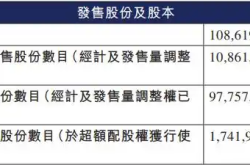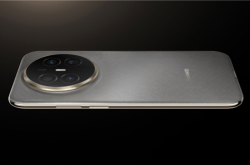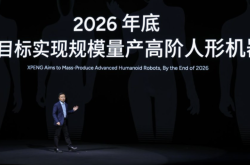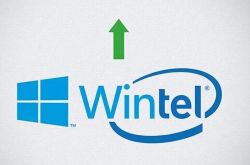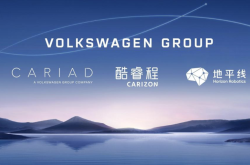Has Huawei taken a significant lead in the launch of the Xiangjie S9?
![]() 08/14 2024
08/14 2024
![]() 483
483
Orders exceeded 4,800 within 72 hours of the launch.
The Xiangjie S9's performance has surpassed that of the Mercedes-Benz EQE, BMW i5, and NIO ET7, making it a remarkable achievement in the luxury sedan market.
In one sentence, it's offering the experience of a 7/8 Series at the price of a 3/4 Series while benchmarking against the 5/6 Series. It's impossible for the Xiangjie S9 not to succeed.
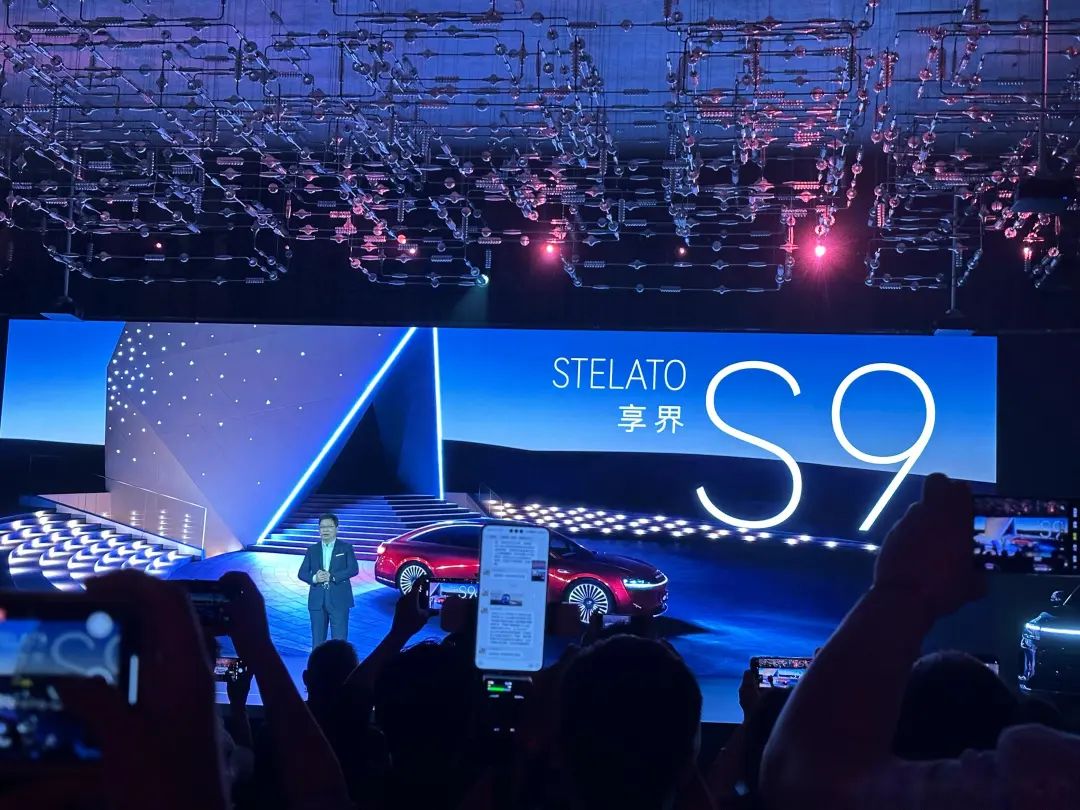
Regarding the Xiangjie S9's performance, Yu Chengdong also said in a WeChat post that it exceeded expectations.
From my perspective, although the launch event was long and featured many 'black technologies,' the excitement wasn't as intense as with the Wenjie M9.
It's like dining at an exquisite restaurant with high-quality cuisine. The first visit is breathtaking, but the second visit, even if the food is of the same quality, can't replicate the initial thrill.
The Wenjie M9 revolutionized perceptions of luxury SUVs, while the Xiangjie S9, while reshaping the luxury sedan market, lacks that same groundbreaking impact.
Perhaps this is due to the stability of the BBA base in the luxury sedan market, or because there's only so much capacity in this price range.
In short, the anticipated 'orders exceeding 10,000' scenario didn't materialize. Does this mean Huawei's 'Intelligent Driving' strategy is faltering?

Behind the Xiangjie S9's orders lie Huawei's automotive division's dilemma
The recent trend in BAIC BluePark's stock price is understandable.
As of August 12's close, BAIC BluePark's share price was 7.62 yuan, down 4.99% for the day.
On a broader scale, market confidence is lacking, with low trading volumes across the board, contributing to a general sense of unease. On a micro level, the market may be dissatisfied with BAIC BluePark's performance.
Objectively speaking, the reasons for stock price fluctuations in listed companies are complex, and assessing competitiveness ultimately comes down to product strength.
BAIC has high expectations for the Xiangjie S9.
At the launch event, BAIC Chairman Zhang Jianyong stated bluntly, 'BAIC regards the Xiangjie S9 as its core strategy and is all-in on this model.'
While BAIC is indeed all-in on the Xiangjie S9, is Huawei doing the same?
For Huawei, the Wenjie M5 was an all-in bet that validated the feasibility of its Smart Selection model. Without the initial M5, there would be no HarmonyOS Intelligent Driving today.
The refreshed Wenjie M7 was also an all-in effort for Huawei.
After the Shanxi highway accident, Huawei recognized the need for enhanced safety and, coupled with previous concerns about the safety of the Wenjie M7's A-pillar in a C-NCAP crash test, invested 500 million yuan in a revamped M7 model with strengthened key structures.
The Wenjie M9 was another all-in endeavor, marking a milestone for Huawei and Wenjie's foray into the high-end market. As we all know, the M9 was a resounding success, with orders exceeding 20,000 within two days of its launch...
The Xiangjie S9's 4,800 orders pale in comparison to the Wenjie M9's 20,000.
Granted, one could argue that the SUV market is larger or that the luxury sedan market has limited capacity, but the M9 is also pricier and faces formidable competition like the BMW X5.
Perhaps Yu Chengdong didn't anticipate the current predicament facing the Xiangjie S9.
If the Zhijie S7 didn't sell as well as the Wenjie M7, it could be due to the need for Huawei and Chery to iron out kinks over one or two project cycles and for Chery to increase production capacity. Similarly, the Xiangjie S9's lukewarm reception may indicate Huawei's automotive division's dilemma:
There's only one Wenjie, and replicating the success of the M5 and M9 across other HarmonyOS Intelligent Driving brands may prove challenging.
With BAIC all-in on the Xiangjie S9, it's puzzling why orders haven't surpassed 10,000 after several days. Compared to the initial impact of the Wenjie, this is both illogical and astonishing.
What could be the reasons? I believe there are two primary factors:
Firstly, the incremental effect of Huawei's brand influence on user acquisition has weakened.
Huawei's strength in automotive isn't just technical; it's also its ability to reach China's most affluent consumers. These individuals, who once snapped up overpriced Mate 60s, didn't hesitate to order Wenjie M9s. In a nutshell, Huawei embodies premium user perception and purchasing power in the high-end market.
Thus, Huawei's brand influence strongly drives user acquisition. The Wenjie brand benefited from this, contributing to its success. Financial information from Tianyancha APP reveals that the company generated revenue of 26.5 billion yuan and a net profit of over 300 million yuan in Q1. Notably, SERES Group's Q1 revenue was only 5.091 billion yuan.

The Xiangjie S9 targets the same audience as 5/6 Series models, wealthy individuals, but their purchasing power may lag behind M9 buyers. They may require a longer decision-making process.
The steady growth in Xiangjie S9 orders over the past few days serves as evidence of this.
Look, the S9 and M9 have a price difference of over 100,000 yuan, yet the incremental effect of Huawei's brand influence has paradoxically weakened. The reasons behind this are intriguing.
Another factor could be that Huawei's 'compromise' carries negative assets.
The rift between Xu Zhijun and Yu Chengdong is no secret. In a nutshell, Xu insists on not manufacturing cars, while Yu has long advocated for it. Huawei's board ultimately voted to not manufacture cars.
Between 'manufacturing' and 'not manufacturing,' Huawei has essentially chosen a 'middle ground': HarmonyOS Intelligent Driving.
This could be seen as Yu Chengdong's compromise to Xu Zhijun and Huawei's compromise on car manufacturing.
This compromise has been valuable, with Huawei's Intelligent Automotive Solutions BU revenue reaching 10 billion yuan in 2024, doubling the combined total of 2022 and 2023.
The Wenjie series' sales contributions are significant.
However, this compromise's negative asset may be internal competition as stakeholders increasingly vie for the 'Huawei Automotive' label.
This label is scarce, and its value lies in exclusivity. After the Wenjie M9 educated the high-end market and the Zhijie S7 the sedan market, the 'Huawei Automotive' label on the Xiangjie S9 may be less prominent, especially with a more premium 'Zunjie' model on the horizon.
In the SUV market, Wenjie reigns as 'Huawei Automotive.' But in the sedan market, who claims the title: Zhijie or Xiangjie?
Future debates will likely determine the answer.
As the Wenjie M9, Zhijie S7, and other models hit the market, their intelligent driving systems, in-car systems, and zero-gravity seats have become commonplace, diminishing their novelty.
Currently, the Xiangjie S9's start isn't a clear win or loss.
In summary, the 'Huawei Automotive' label hasn't firmly attached to the Xiangjie brand in the sedan market. With Zhijie S7 already having a head start, it's crucial for Xiangjie to establish this brand association in the sedan market.

Beyond 'HarmonyOS Intelligent Driving,' Should Huawei Consider Manufacturing Cars Itself as a Backup Plan?
In February 2023, Yu Chengdong revealed in a media interview that Huawei's automotive division aimed to achieve profitability by 2025. This goal now seems achievable.
What's truly challenging is alleviating automakers' concerns and expanding the HarmonyOS Intelligent Driving ecosystem.
When 'the four brands' are synonymous with Huawei, and Huawei becomes 'the four brands,' Yu Chengdong can claim success with 'HarmonyOS Intelligent Driving.' Simultaneously, Huawei's 'non-manufacturing' strategy will also triumph. Clearly, this remains an unachieved goal for Yu Chengdong.
While 'ruling over the four brands' may seem straightforward, execution can be more challenging than anticipated.
Automakers in the industry have been fiercely competitive for years, and getting them to share the pie won't be easy.
For instance, how big can the HarmonyOS Intelligent Driving pie grow?
Huawei isn't without competition. In the SUV market, the Wenjie brand faces rivals like Li Auto. When the Wenjie M7 was impacted by the Xi'an accident, many customers turned to the Li Auto L7, illustrating how rivals can swiftly seize market share.
The sedan market faced by Zhijie and Xiangjie is even more fiercely competitive, with traditional luxury brands maintaining their strength, and BBA's advantages in this segment not easily eroded. Instead, new brands must carefully consider how to create luxury vehicles.
Not just in the sedan market but across niche segments, the deeper one delves, the more challenging it becomes. To expand the pie, Huawei must continuously penetrate these niches.
The question is, is the pie big and enticing enough?
Another consideration is resource allocation.
At the Xiangjie S9 launch, BAIC Chairman Zhang Jianyong hinted at automakers' true sentiments: 'BAIC and Huawei are genuine friends, but Yu Chengdong seems to have many friends.'
This playful remark, though seemingly casual, reveals the true feelings of automakers partnering with Huawei: Yu Chengdong may have many friends, but not all of their friends are genuine, and some could even be competitors.
Unlike SERES, Chery and BAIC are established automakers with considerable scale. While Xiaokang Corporation could entrust its fate to Huawei, Chery and BAIC cannot.
This leads to an issue: While Wenjie, Zhijie, and Xiangjie may seem like an unbreakable alliance, they could be a loosely connected federation tied by HarmonyOS Smart Selection products.
This becomes evident in Zhijie S7's production capacity and promotion.
The reason is straightforward: Chery thrives in overseas markets, so why invest heavily in the Zhijie brand? If too many resources are allocated to Zhijie, what happens to Chery's other brands like Xingji and Xingtu?
Under the Smart Selection model, Huawei has a dominant role in product development. Hence, models like the Wenjie M9, Zhijie S7, and Xiangjie S9 may not seem distinctively branded but are indeed from different families.
If each brand focuses on a specific market segment, they can coexist peacefully. However, if products compete with each other, internal friction becomes a challenge.
Huawei could allocate SUVs to Wenjie, sedans to Zhijie, and premium sedans to Xiangjie and Zunjie.
Yet, the most popular models in the market are often limited to large SUVs, large sedans, and MPVs. If one day, these segments can't support all brands, and niche market sales are insufficient to sustain long-term production, what then?
Perhaps buying back trademarks and manufacturing cars directly could be a viable option then.
In fact, Huawei's 'non-manufacturing' stance has always had a time limit. Ren Zhengfei's no-car-manufacturing edict for Huawei has a five-year validity.
Five years is a long time, especially in the rapidly evolving automotive market. But it's also short in the automotive industry context, where five years represents a major model refresh for traditional automakers and just two generations for new players.
Huawei and Ren Zhengfei are sensitive about the prospect of manufacturing cars, repeatedly clarifying their stance.
Firstly, they don't want to add extra costs to the HarmonyOS Intelligent Driving ecosystem. Secondly, they aim to test various markets at minimal cost and develop a proven strategy.
The automotive business isn't about courage but cost control. The history of the European and American automotive industries is littered with once-great brands ruined by poor cost management.
These five years represent a 'window of opportunity' for Huawei.
The automotive business is crucial, akin to Huawei's former mobile phone division.
HarmonyOS Intelligent Driving is undoubtedly Huawei's most cost-effective 'car-making' approach, and fostering an industry ecosystem benefits Chinese brands and the automotive industry.
As an ordinary consumer, who wouldn't want to drive a car with a Huawei logo?
Disclaimer: This article comments based on publicly disclosed information but does not guarantee its completeness or timeliness. Also, investing in the stock market involves risks, and investors should exercise caution. This article does not constitute investment advice; investors must make their own judgments.

